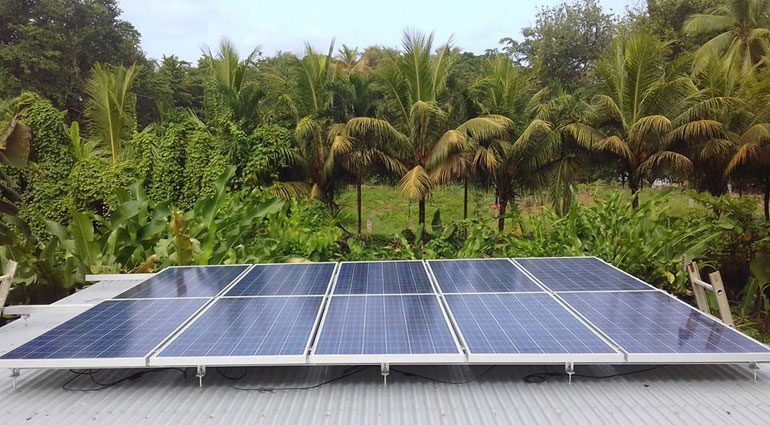Why Solar?
Solar is the fastest growing energy source in the Caribbean and throughout the world, and for good reason. It offers a limitless supply of clean, safe, renewable energy for heat and power. And it’s more affordable, more efficient, and more reliable than ever.
The advantages of Solar and other renewable power sources are evident, giving greater independence from imported fossil fuels. All over the world, solar energy systems have reduced the need to build more carbon producing power plants. Alternate energy plays a great part in the battle against global warming. As the cost of solar technologies has come down, solar is moving into the mainstream and growing worldwide at an alarming rate.
In very remote locations it may be the only practical solution since reliable power can be provided virtually anywhere. Our solar electric systems supply reliable power where and when you need it. We design our products and systems for maximum efficiency and minimum on-site construction time and operation costs.
In addition, more and more residential and commercial customers are realizing the benefits of utilizing solar power for electricity to offset their utility-supplied energy consumption, to provide back up power or to operate independent of the utility grid. Can solar power be your solution?
Call (767) 440.4404 or email us solar@sustainableearth.dm and get immediate quotation for your own system in the Caribbean.
How it works
The cells or thin film circuits of the solar modules are specially manufactured to respond to light by producing electric current. The scientific term for “solar electricity” is “photovoltaic » energy-which means electricity from light. The more light cells get, the more electricity that can be produced. These cells when connected together, laminated and framed are called a ‘solar module’ or sometimes ‘PV (photovoltaic) modules’. These modules are designed to produce electricity at convenient direct current (DC) voltages for storing in a battery or being directly converted into typical 120-230 volt alternating current (120-240 VAC).

